Five (of the many) Icy Adventures to be Had in Antarctica
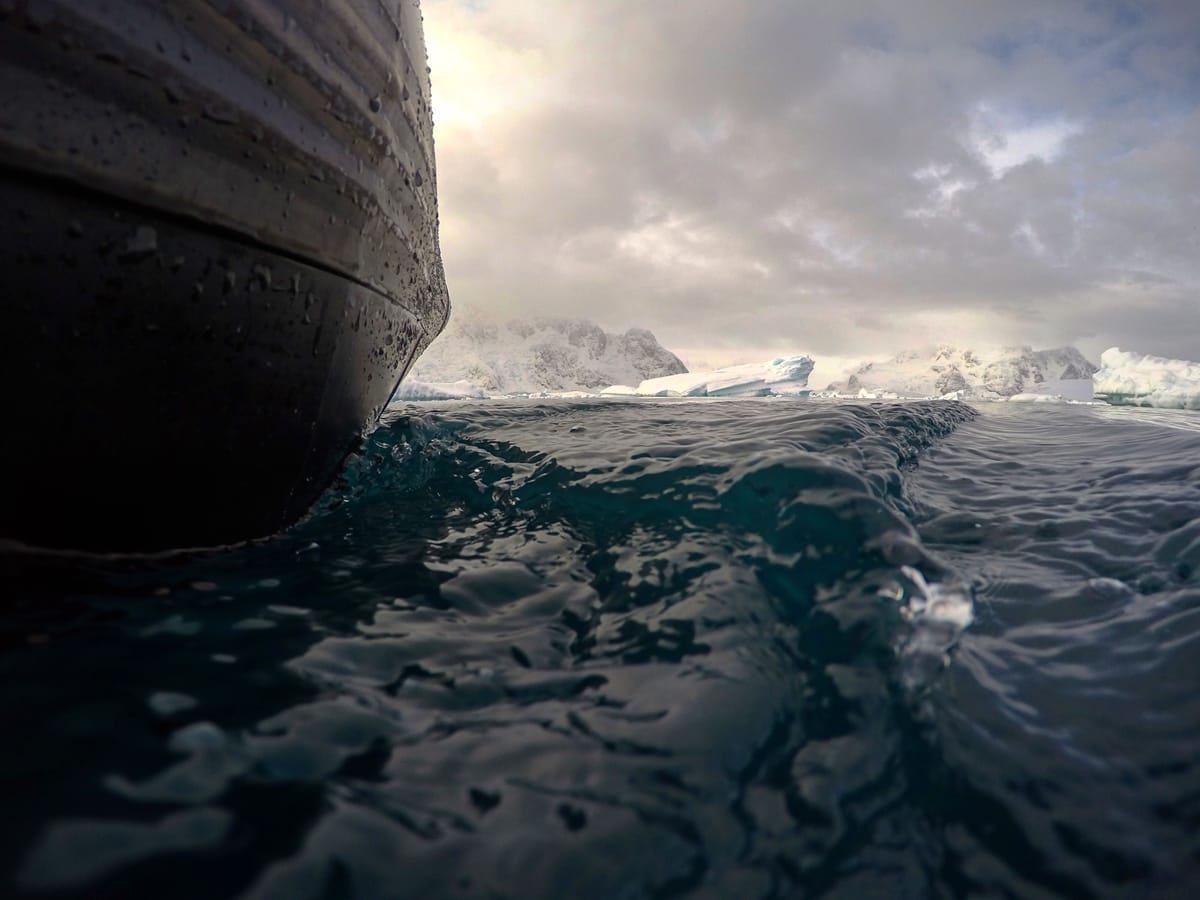
If you happen to find yourself on the harshest, most inhospitable, driest, coldest, and windiest continent on Earth, here are a few things that you must do on the last and final frontier.
Antarctica is such a hopeful, alluring, and mysterious place. Protected by the Antarctic treaty, it has no government. This unique document, signed in 1959, ensures that the white continent is used only for peaceful and scientific purposes. In 1991, a 50-year agreement was entered into which prevents any exploitation on the continent. It’s the only place on Earth where nations live together peacefully (on their respective research stations) and get along, often times inviting each other over for Christmas dinners and costume parties. With a common goal of scientific advancement, and no ulterior motive of mining and drilling, this last great wilderness is (temporarily) protected. However clichéd it may sound, there exists an inexplicable energy here unlike any other part of the world. It’s hard to process emotions and describe raw beauty in a place so pristine, pure and primal. The landscape is Dali-esque, it melted my brain, much like Salvador’s melting watches. I didn’t come across any life altering epiphany but “perspective” earned an entirely new meaning.
1. EXPERIENCE THE DRAKE PASSAGE
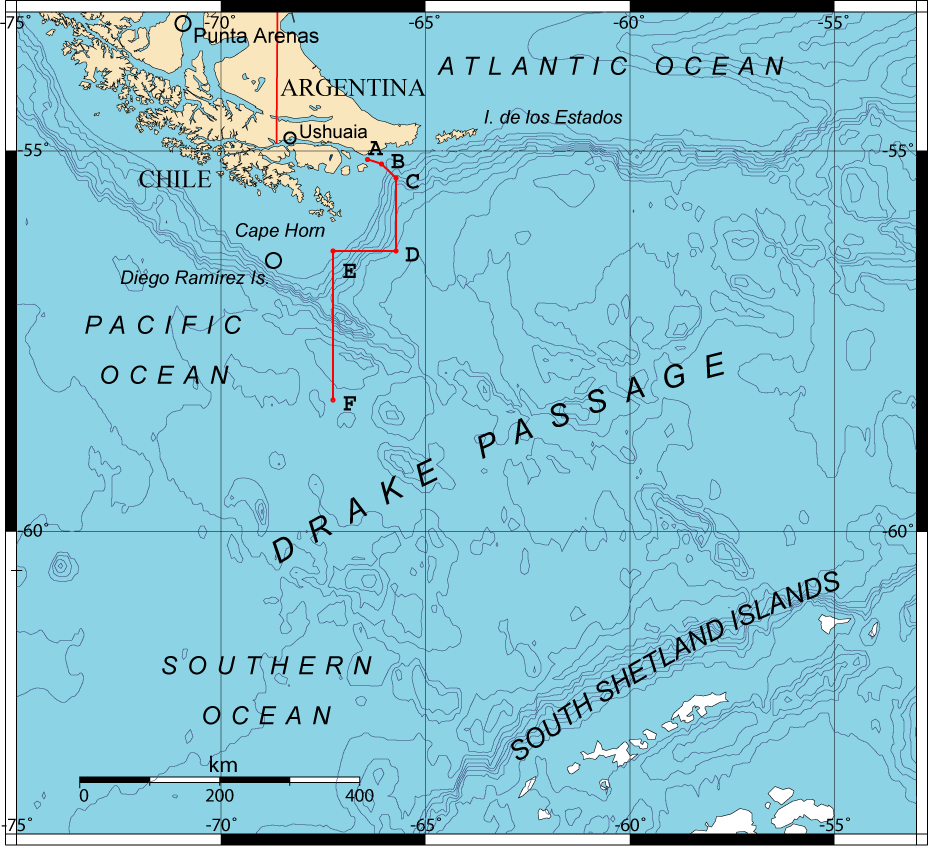
As if the name isn't terrifyingly ominous-sounding enough, the adventure to the Antarctic begins long before you even see an iceberg. They say you have to experience the Beagle Channel. A strait in the Tierra del Fuego Archipelago, it’s about 240 kms long and five kms wide. However, they don’t really tell you to prepare yourself for what comes next. Once you leave the Beagle Channel, where the waters of the South Atlantic and Pacific Oceans meet, you start your excellent adventure onward to the infamous, untrustworthy, not-to-be-messed-with Drake Passage. A treacherous channel, connecting and separating the southernmost tip of South America to the northernmost reaches of the Antarctic Peninsula, the weather is often unpredictable but mostly brutal. These waters are known to be the roughest in the world and waves can reach over 10m (33ft). A synergy in unison, our ship starts rocking back and forth, like a humungous cradle, syncopating with the waves.
Just like another Friday night, being on the Drake involves uncontrollable swaying and puking, although, without the hangovers and questionable decisions. An audition for Monty Python’s Ministry of Silly Walks, the sight for the first two days to the peninsula is a steaming dish of comedy with a side of puke. If you’re lucky, on rare occasion, the waters can be somewhat calm, and this phenomenon is called “the Drake Lake”. That said, I sincerely hope you're not lucky because it’s no fun being on a lake when you can be in the eye of a massive storm, with what seems like a twister propelling the ocean from below.
[su_box title="Travel Tip"]“Drake proof” your cabin. This involves making sure everything is stowed securely in your room. From personal experience, I highly recommend not leaving batteries in your drawer- the incessant rolling back and forth can drive you into a straight jacket.[/su_box]
2. GET ON ZODIACS and ENJOY YOUR FIRST (iceberg)
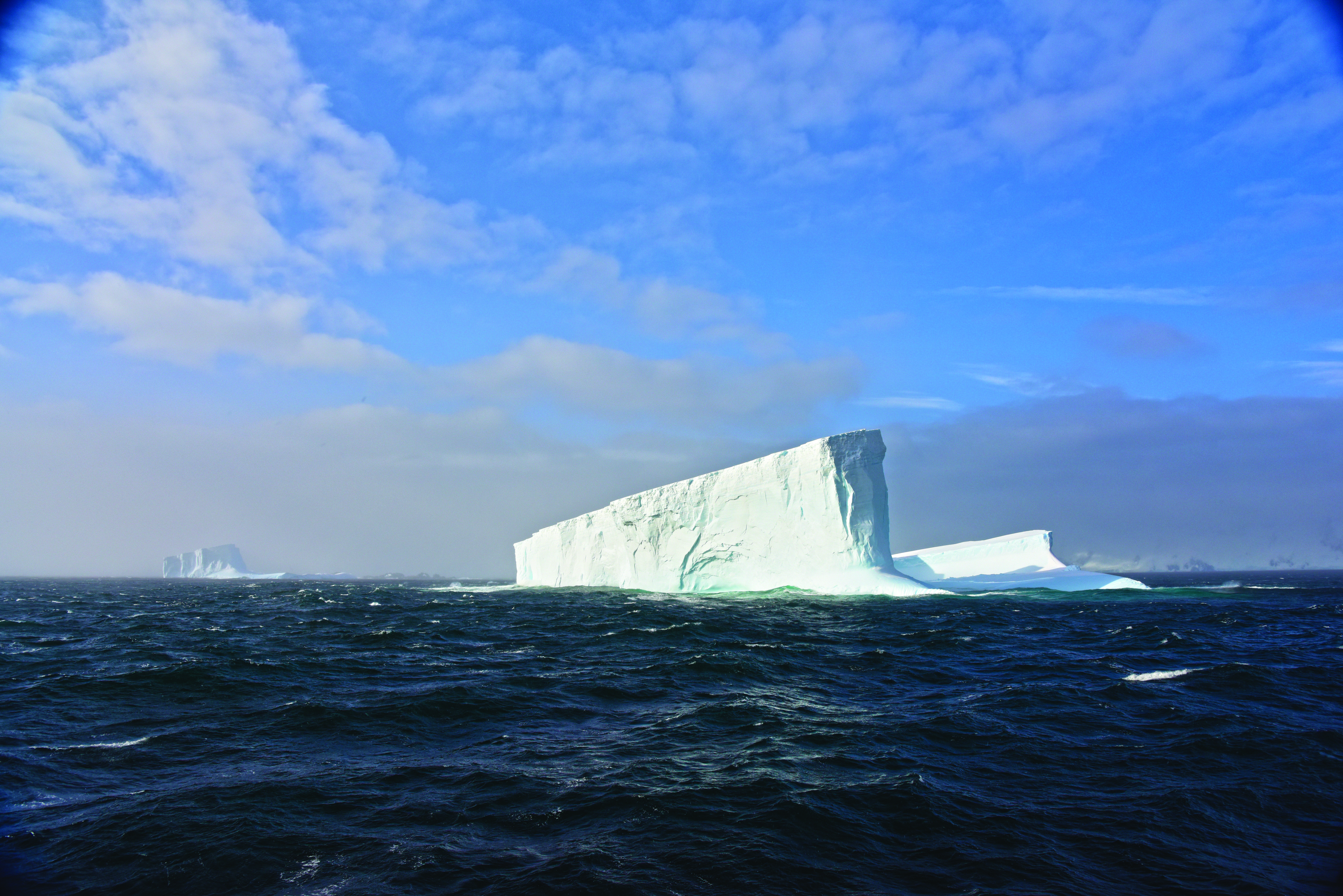
Once you’ve reached this far, make sure you get on as many zodiacs as you can. Rafts with motors, they’re the most effective way to get off your warm, cosy ship (bum) and explore the frigid, penguin-filled continent. You have to follow the strict rules of washing your boots in sanitised liquids before you leave or enter the ship. You don't want to bring anything invasive onto the continent, not even a biscuit. Don't risk it for a biscuit.
One of the most exciting moments of the Drake crossing is the sighting of your first iceberg. This signals the proximity of the White Continent and you find yourself craving for more. You’re hooked, and it feels good. The first real taste of this bizarre alien planet, it takes a while to realize that beneath your feet is 90% of all the world's ice and 70% of all the world's fresh water. This is where your love affair with the land of snow and ice begins.
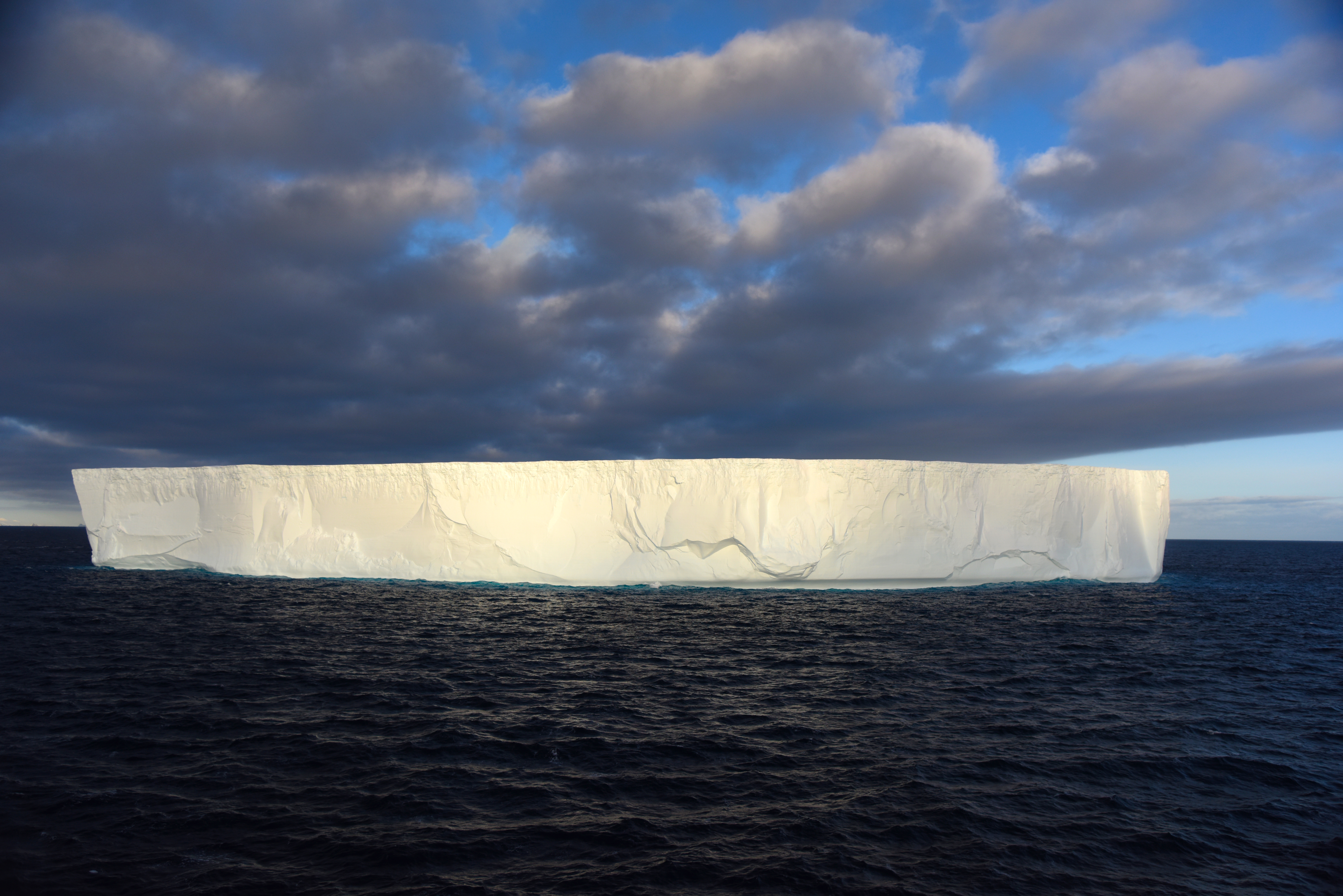
That said, towards the end of my expedition, in a melancholic juxtaposition, I saw a huge tabular iceberg. Over half a mile long and half a mile wide, it had broken off the Antarctic Larsen B ice shelf, floating in the Antarctic ocean.
[su_quote]Witnessing the effects of climate change was a sharp contrast to the majesty of the surroundings that I’d inhale everyday.[/su_quote]
Most of the world's largest ice shelves are in Antarctica and Greenland. Disintegration of ice shelves is directly associated with climate change, as opposed to calving, a natural event. This ice shelf completely collapsed in 2002, making it the largest disintegration event in 30 years. 3,250 square kms of the Larsen B shattered which released more than 720 billion tons of ice into the Weddell sea. Our in-house geologist explained it to us in layman’s terms- that much ice would be enough to make ice cubes for two gin and tonics for every passenger on board (well over a 100)- everyday for the next 30 years (or something like that). While it’s an interesting way to convey the message, it’s definitely terrifying.

3. CAMP OUT (with the penguins)
Camping out on the continent is an experience of a lifetime. “Survival night” as we called it, and rightfully so, was windy, snowy, and cold. However, it was also some of the best light we had on the trip (most days were overcast). As the sun dipped, we dug our snow trenches (yes, we didn't use tents- on account of our guide being a sadist) to protect us from the wind, put down a tarp and got into our sleeping bags. We didn't sleep for more than five minutes, but it was totally worth it. We got to gaze at the milkyway all night, and also got pelted with snow, strong winds, and ominous sounds from the leopard seals nearby. You’re probably thinking, “how did you poop”? These are the kind of questions that keep me up at night, as well. The ladies got a nice little portable toilet in a tent while the men got a bucket, outside. The next day we heard that one of the members of our team went to do his business and was approached by a curious seal. Needless to say, he did not finish his business.
[gallery type="rectangular" size="large" ids="5487,5485,5496"]
What tied this experience together? PENGUINS! Penguins everywhere. Some of the silliest and busiest creatures I’ve ever seen, they’re incredibly curious and comical. I suspect they may think humans are bigger penguins. It’s a testament to the fact that we haven’t disturbed wildlife that much in the polar regions. They eat krill, a small crustacean, that makes their poop pink (like we needed a reason to love them more). The Antarctic Krill has an estimated collective weight of over 500 million tons. That’s about twice as much as the collective human weight. Penguins haven’t interacted with humans much, and haven’t learnt not to trust us. That is their mistake (It’s a joke, PETA).
4. DO THE POLAR PLUNGE
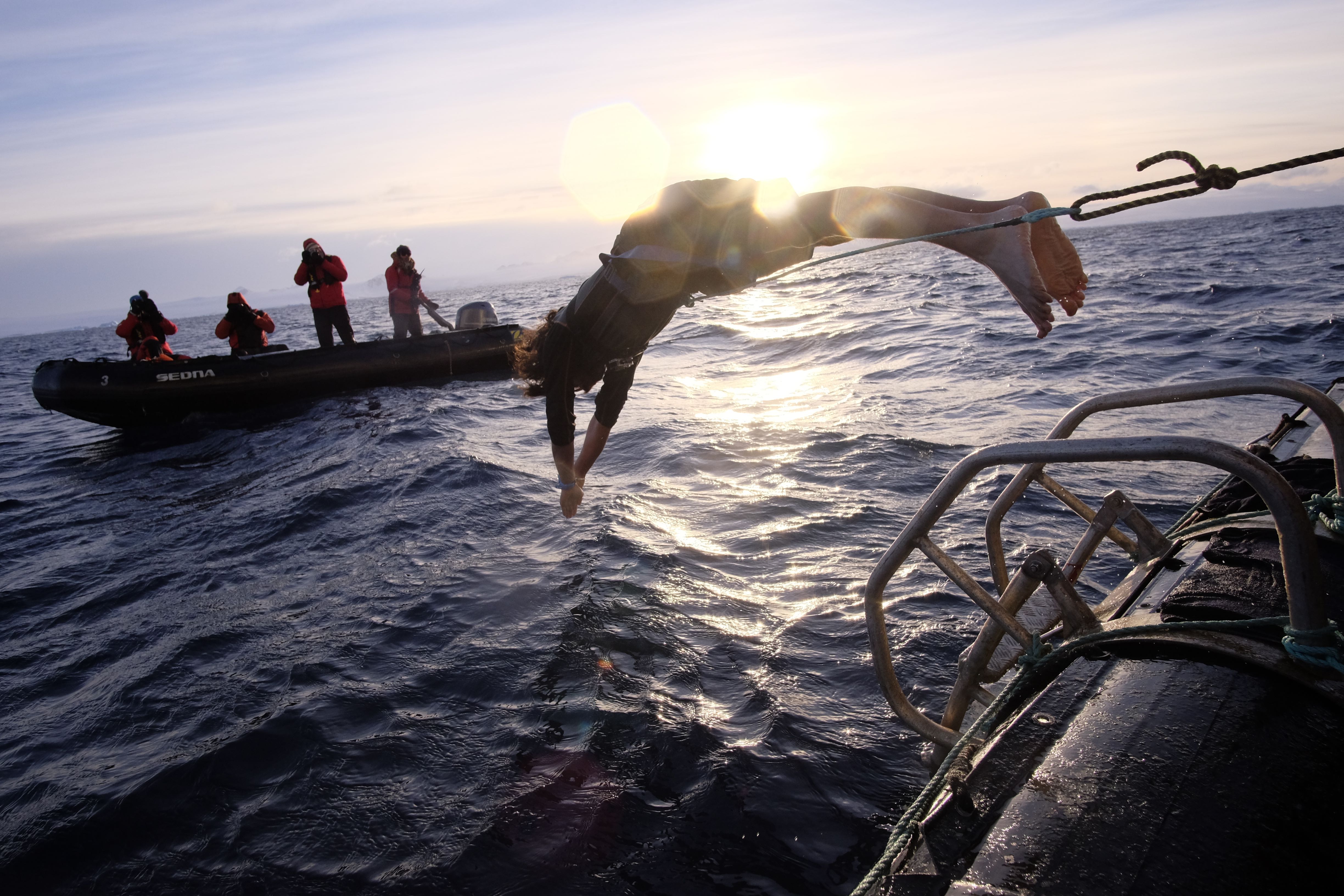
By far, the coldest thing I have ever experienced- armed with a pair of boxers, an attached safety harness, and questionable sanity, I jumped into the unreasonably chilly Antarctic ocean. Filled with regret, adrenaline, and what felt like a deep state of unconsciousness, I took the plunge from a zodiac near our ship.
The water temperature was -3C that day. More than half the ship (of nearly 100 participants) didn't want to do it but were immediately swayed when our gruff, burly, less-than-polite captain made an announcement, “all those who want to do the polar plunge, go to deck 1 and all other pansies, go to deck 3 and watch”. This promptly made at least 80% of the ship go to deck 1 ASAP. Not the best choice of words from our fearless leader, but it worked. I dove head first (I would highly recommend diving legs first) and swam underwater for what felt like months.
The entire ordeal lasted for less than 30 seconds. I clambered out, uncomfortably numb, and was immediately overcome with adrenaline. I didn't feel cold anymore and neither did my co-plungers. Everyone was running around the ship, high-fiving each other, with maniacal smiles on their faces. The next plunge was directly into the ship’s hot tub.
5) OTHER AMAZING THINGS
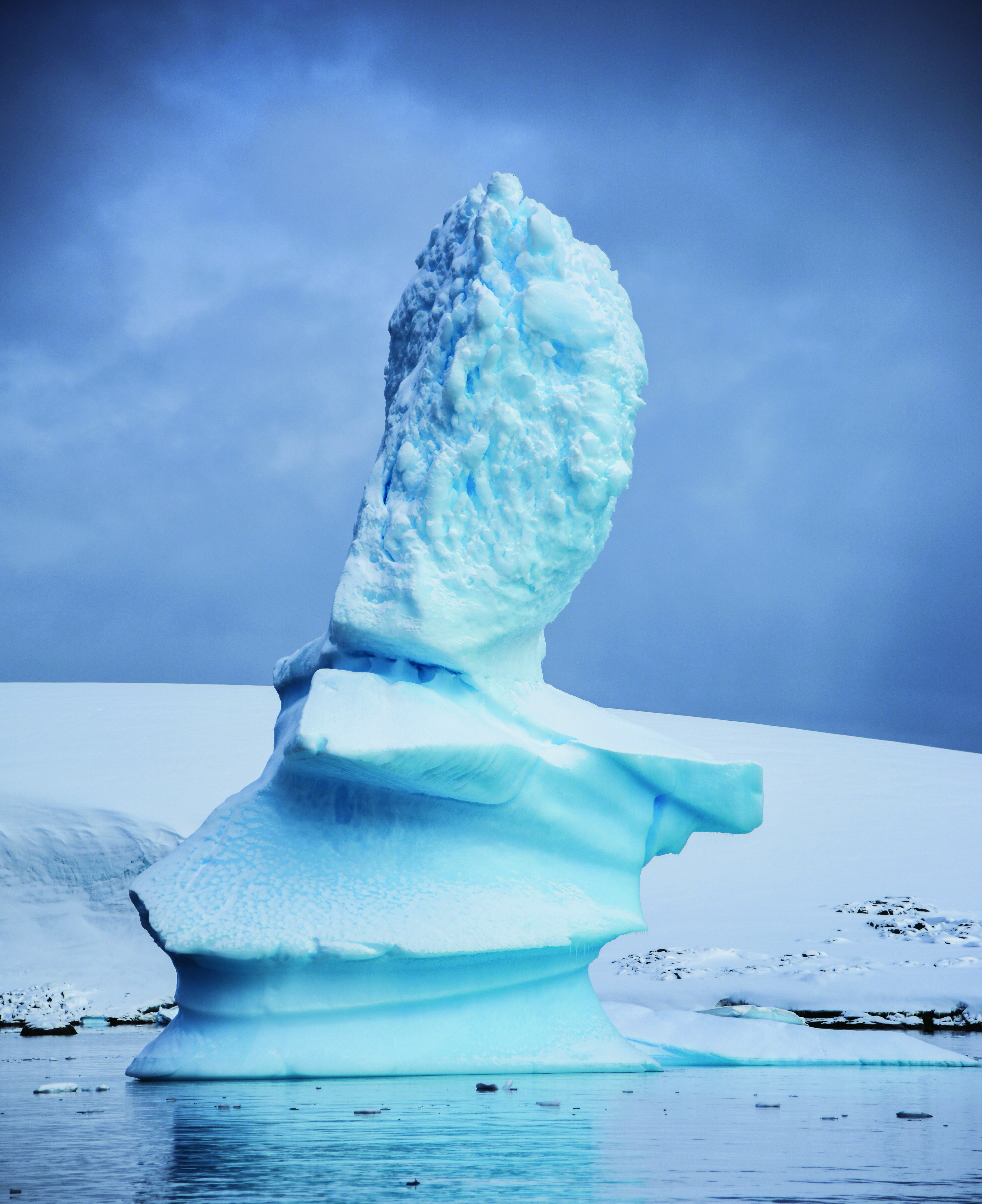
These are just a mere fraction of the things one can do in the Antarctic. Other activities include visiting the inexplicably gorgeous (almost too gorgeous?) South Georgia island, climbing Mt. Vinson or skiing to the South Pole (either from the coast or the easier, more popular- last degree). You could go to Deception Island, visit the monochromatic Telefon Bay (no B&W filter required) or see Whaler’s Bay, a picture into Antarctica’s exploited past, littered with oil refineries and whale bones.You could go to Mt. Erebus, the southernmost volcano in the world. Or you could just stare at penguins and make fun of their comical yet endearing character.
Since flying to Argentina and taking a ship to the Antarctic will make for the most adventurous odyssey, an amazingly quaint city you'll see is Ushuaia, Argentina (54°49’S 68°17’W). The southernmost city in the world, Ushuaia is known as the “Gateway to Antarctica”. It looks like a quaint movie set, something out of The Truman Show. The capital city of the Argentine Province of Tierra Del Fuego, Antártida e Islas del Atlántico Sur, it has a population of around 60,000. It feels bizarre to know that people live in this charming yet surreal town, it almost seems like something is amuck, like they know something we don’t. Alas, I digress.
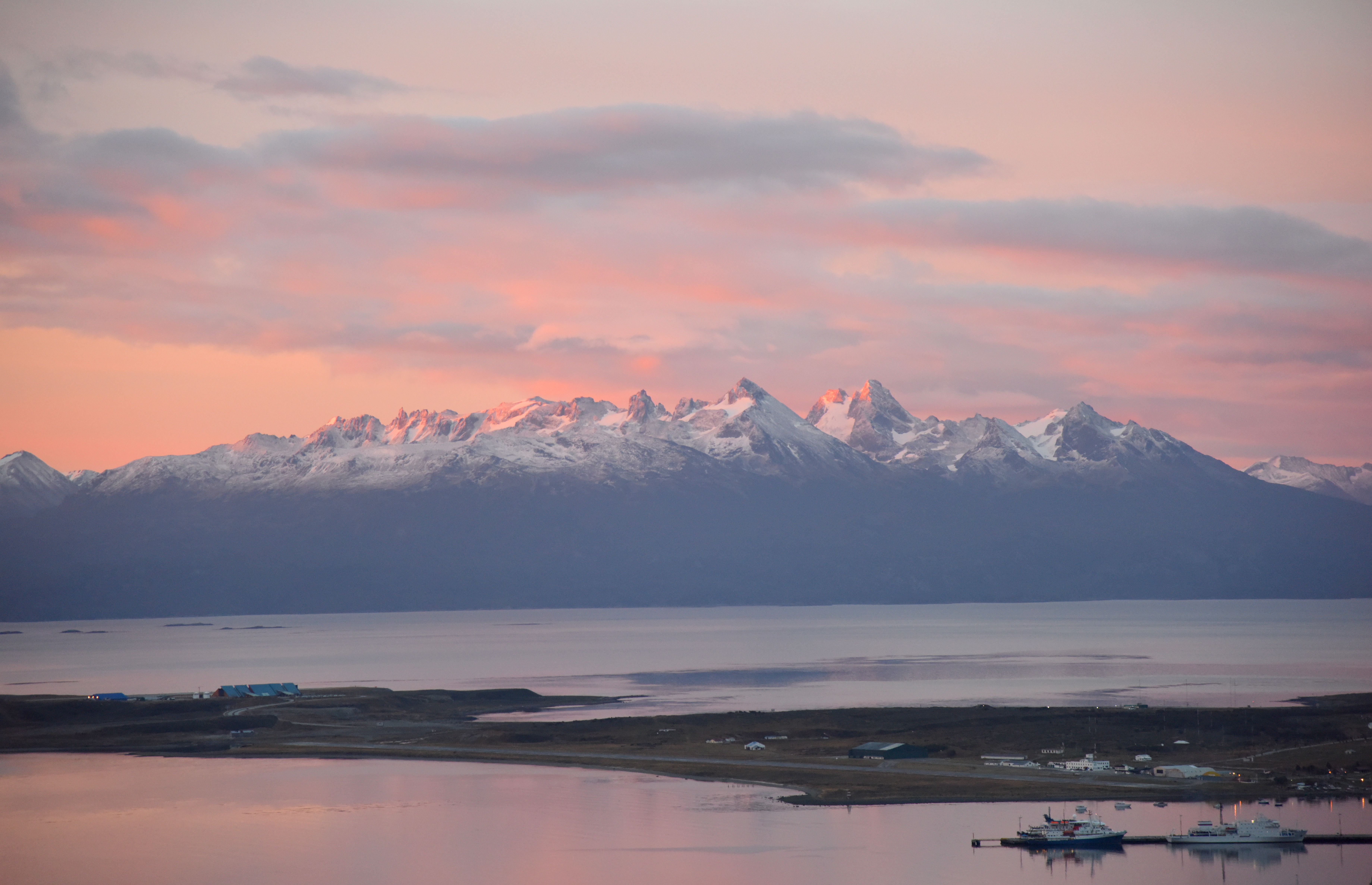
[su_box title="How did Antarctica get it's name?"]A theory states that the ancient Greeks assumed there was a land down South, since there was one up North. They had a strong concept of symmetry and balance. So they named it Antartikos, meaning the opposite of the Arctic. I think that’s a pretty beautiful theory. Since it’s so unspoilt, it really feels like another planet- a combination of desolation and silence. You’re so detached from normal life when you’re there, it’s wild.[/su_box]
So there I stood at the end of the world, trying to think of something profound. I desperately tried to summon a Robert Frost poem that would make for a good fit. Stopping by woods on a snowy evening? Something about promises to keep and miles to go before I sleep? Nope, too cliched. Of course, nothing reflective came to mind. In hindsight, I know why. It's very difficult to describe a trip of such epic proportions- experiencing the world so far away changes the way you think. I heard someone describe it as "pleicostene". Only when you fall in love with a place, can you genuinely want it to stay protected and unexploited.
[su_quote]When you're at the end of the world, the rest of the world stands still. Ordinary problems seem mundane. Untouched by time and humans (mostly), this Terra Australis or “Southern Land” is the harshest, most inhospitable, driest, coldest, and windiest continent on Earth. It is also however, the most pure, primal, peaceful and poignant. It’s the only place on Earth that is how it should be- may it always remain that way.[/su_quote]
And with that, a haiku:
The deafening roar / Of Antarctica's silence / Makes a good haiku
(It’s not my best work, but hey, at least it follows the 5-7-5 format).
In March 2015, Himraj Soin participated in an environmental project in the Antarctic. The International Antarctic Expedition was led by famous polar explorer Robert Swan O.B.E., the first person in history to walk to both poles. The aim of the expedition was to bring leaders together and study the harmful effects of climate change with a team of global experts. Organized by Robert's NGO "2041", the core emphasis of the expedition was the preservation of the Antarctic. A pivotal year for our planet, 2041 will mark the end of a 50 year agreement to keep the world's last pristine continent free of exploitation. It is our duty to ensure that it's extended and maintained. From exploring the Antarctic peninsula, witnessing icebergs collapse, seeing orcas, sperm whales, leopard seals, pelicans and penguins, to learning survival and crevasse rescue skills, camping out in the snow, and indulging in intellectual, stimulating discussions and debates on climate science, leadership, exploration and much more- this was a life-changing expedition of a limetime. This trip was made possible by the Inlaks Foundation, Ibex Expeditions, PHD Chambers of Commerce, Chimes Group, India, Shriram group, Bhilwada Group, SWISS International Airlines, East West Rescue and the American Embassy School Girl Scouts. For interested readers, flying to Argentina and taking a ship to the Antarctic will make for the most adventurous odyssey.
[gallery type="rectangular" size="large" ids="5494,5481,5491"]
A version of this article appears in Issue 08 of The Outdoor Journal India Summer 2015 magazine (travel destination section).


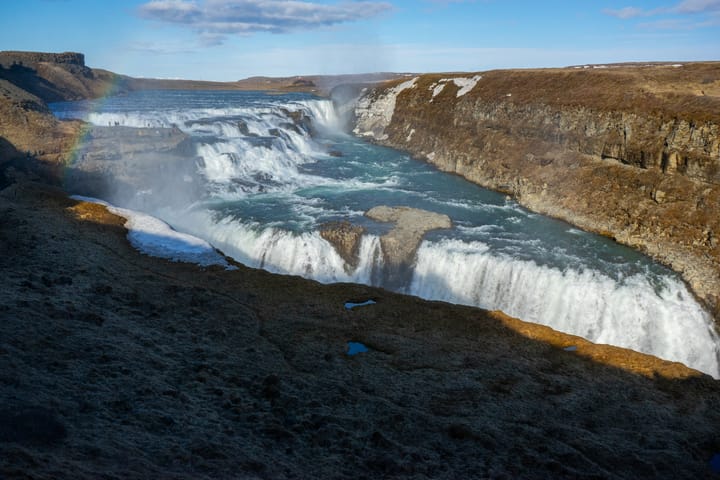
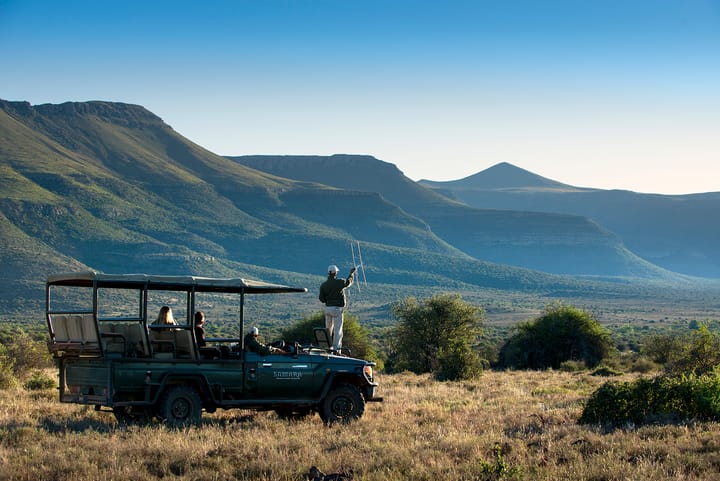

Comments ()